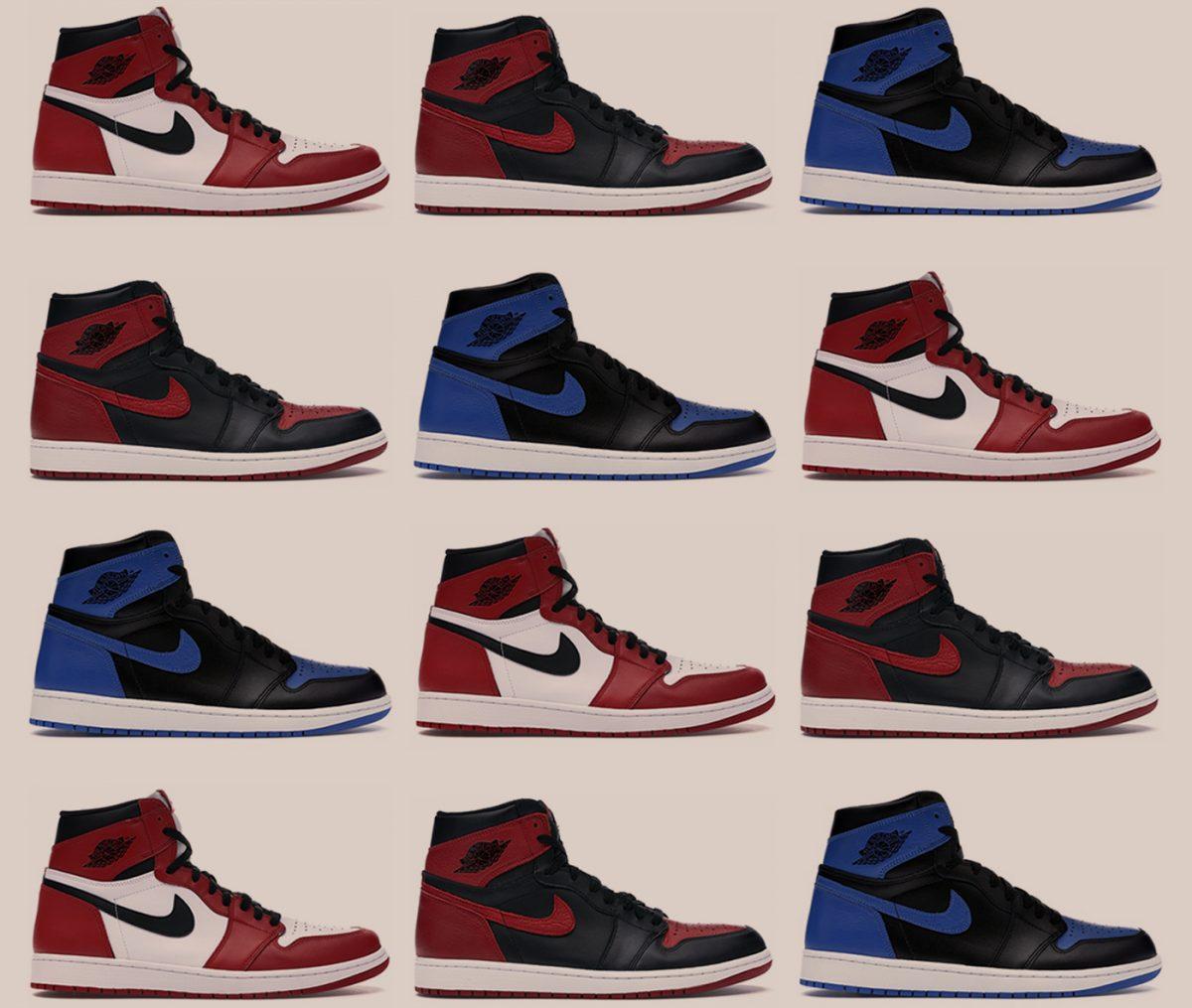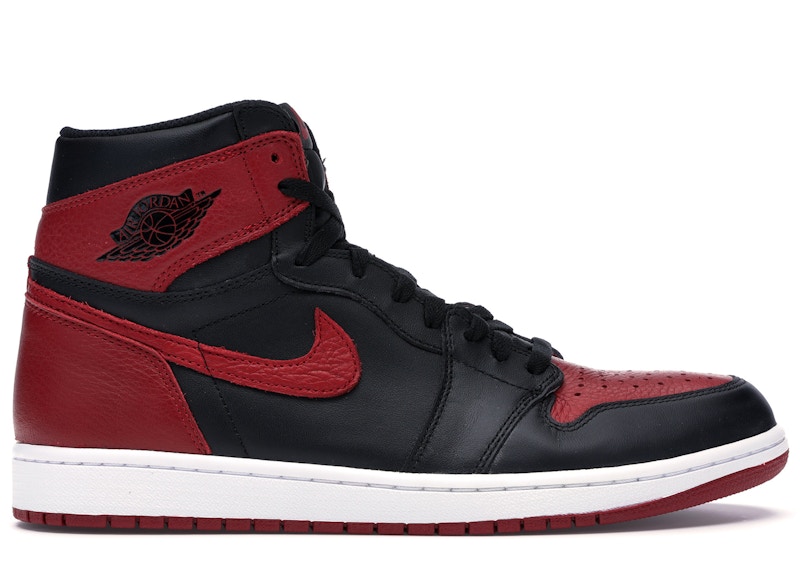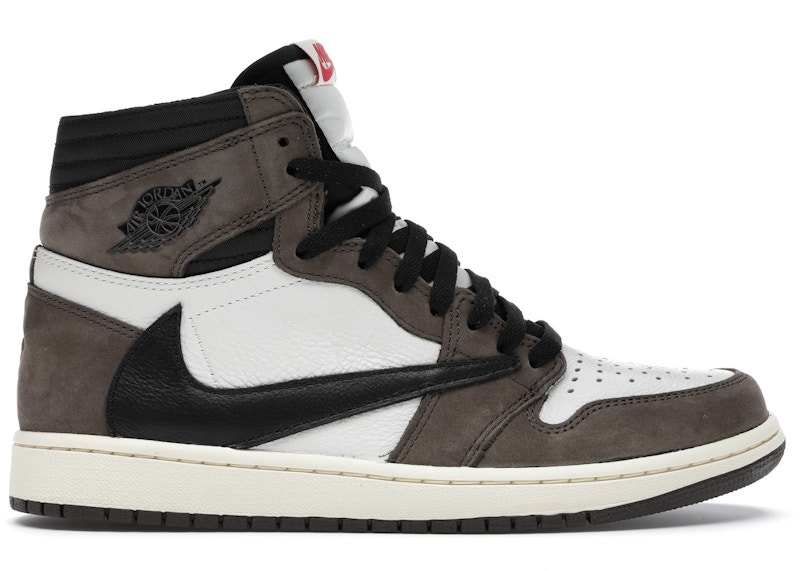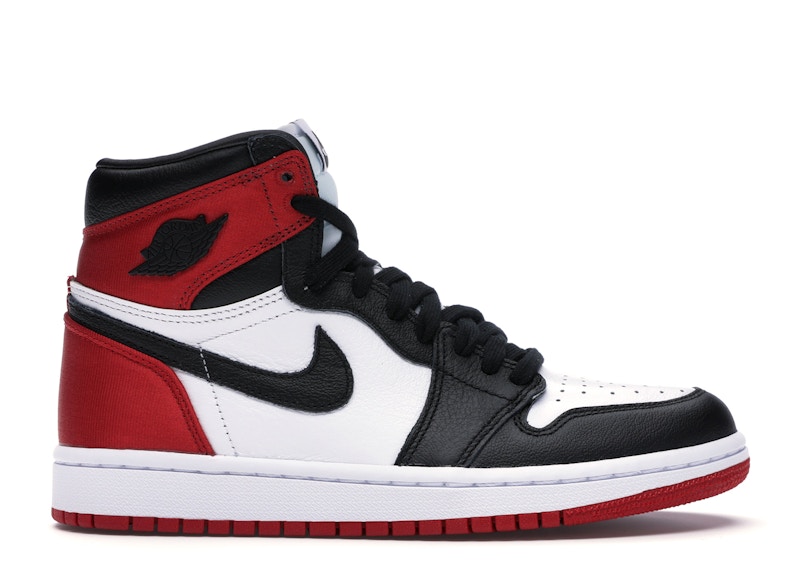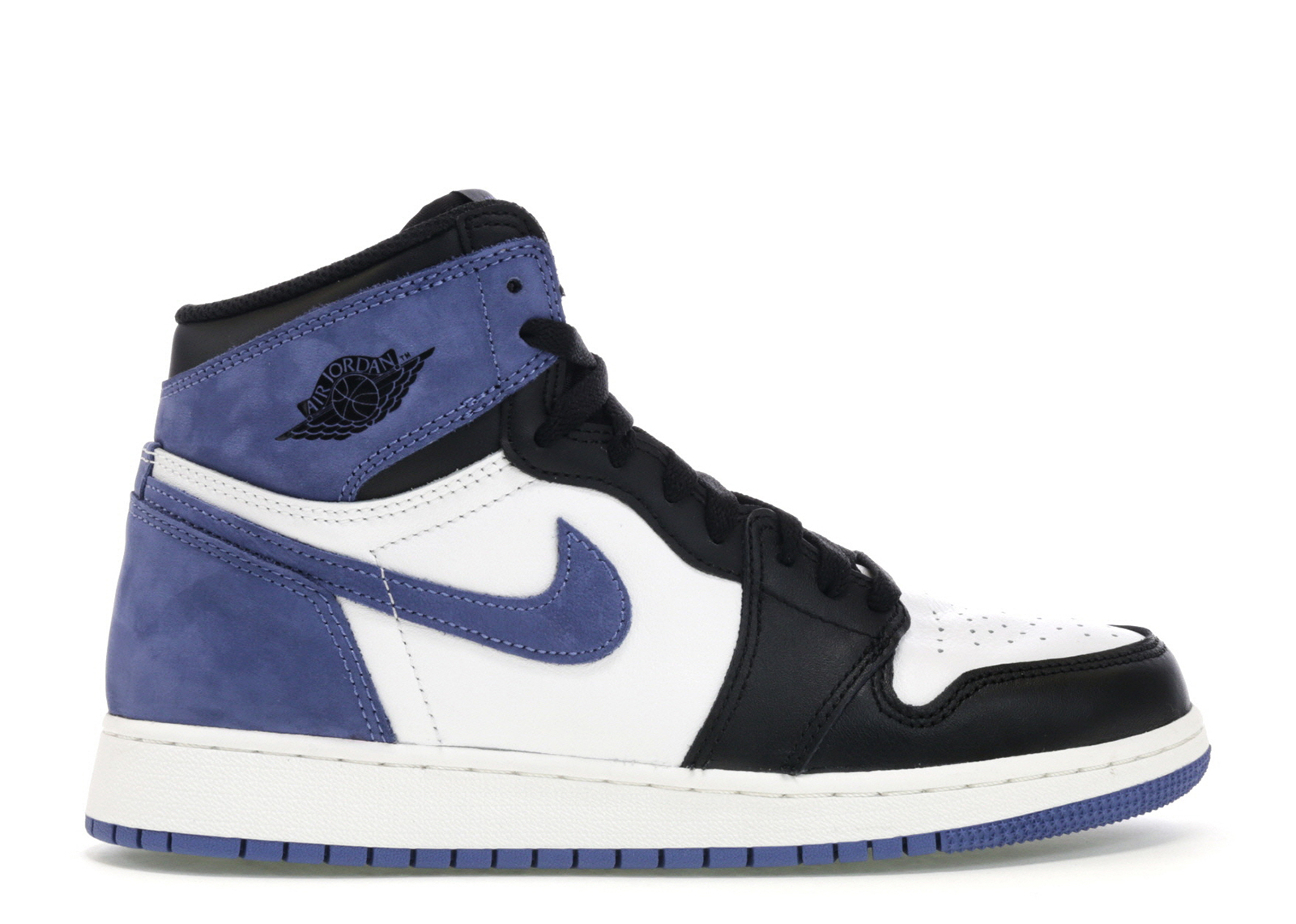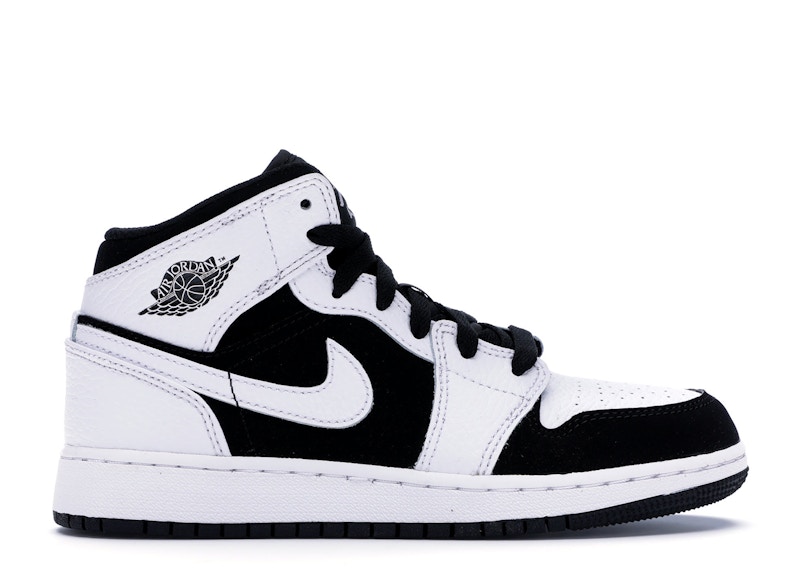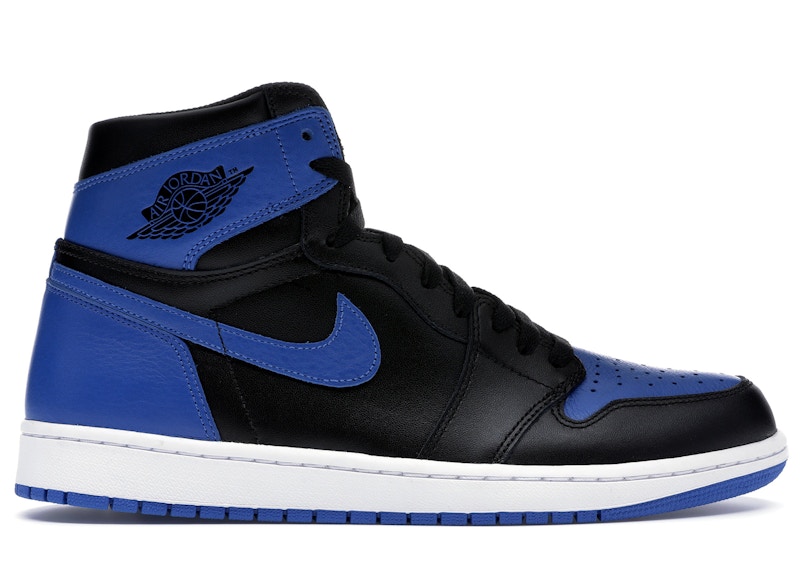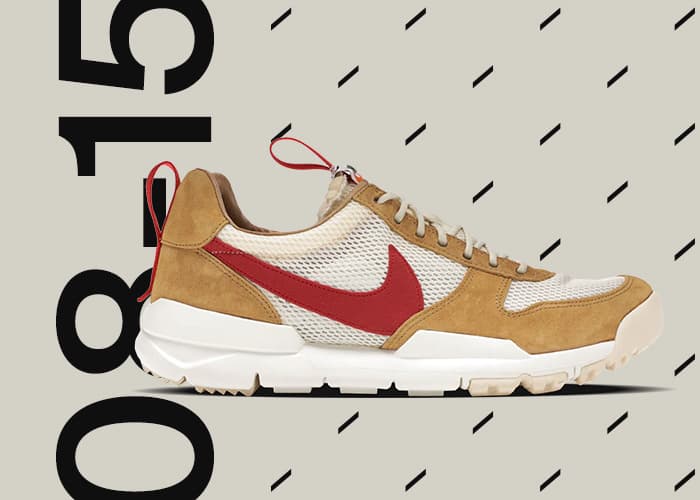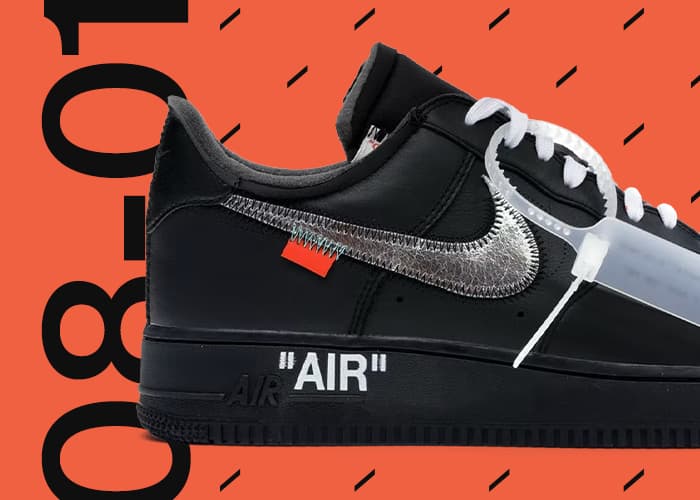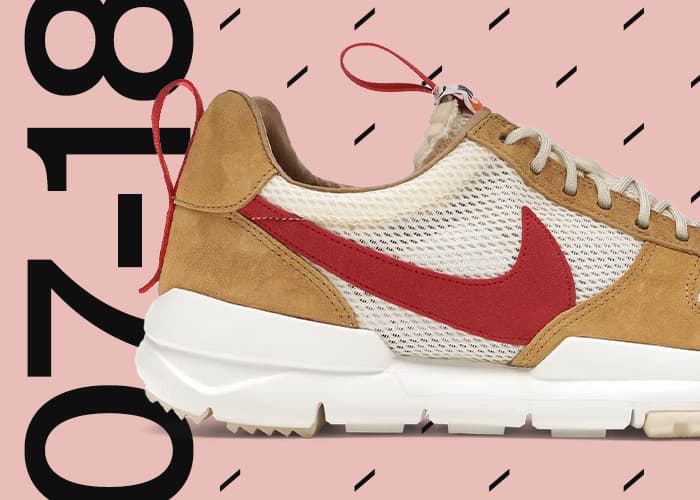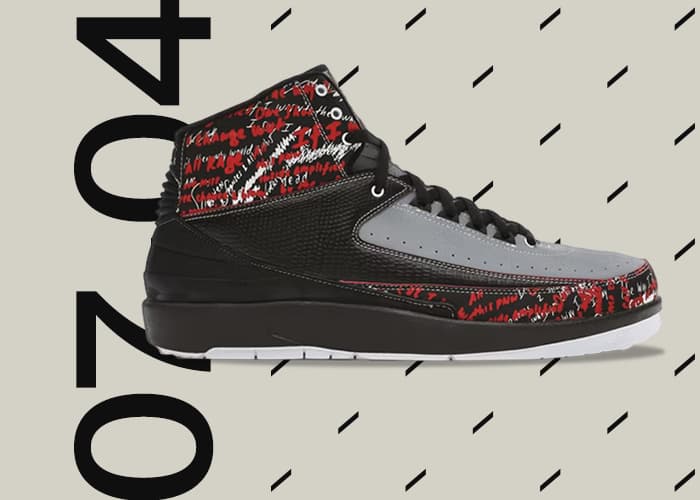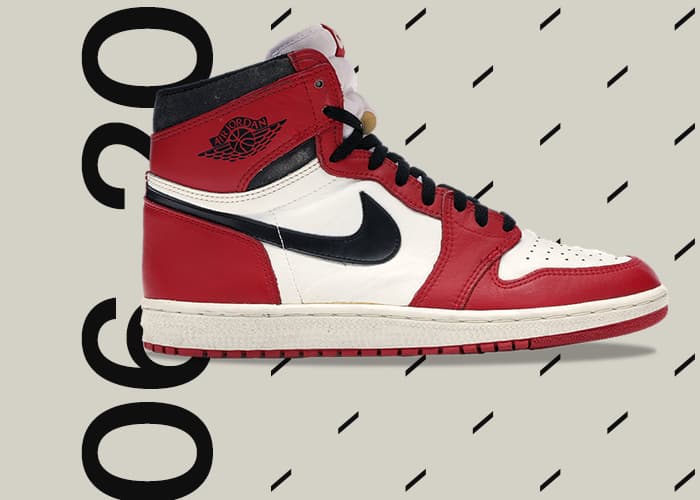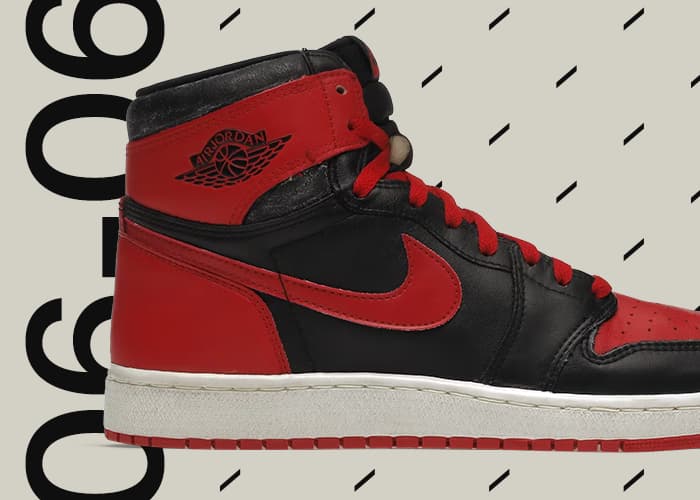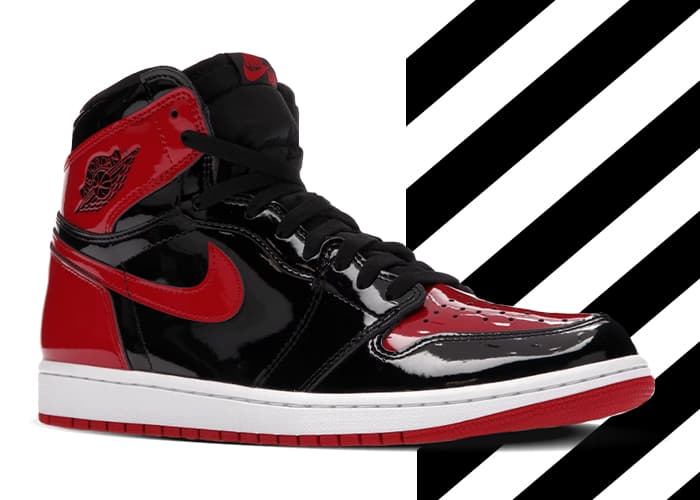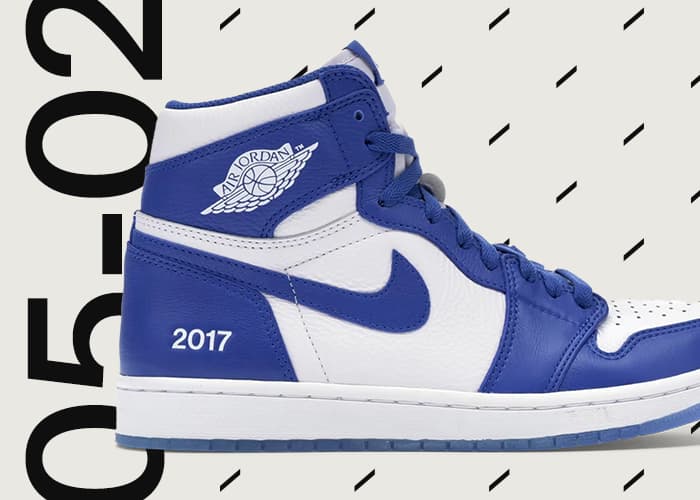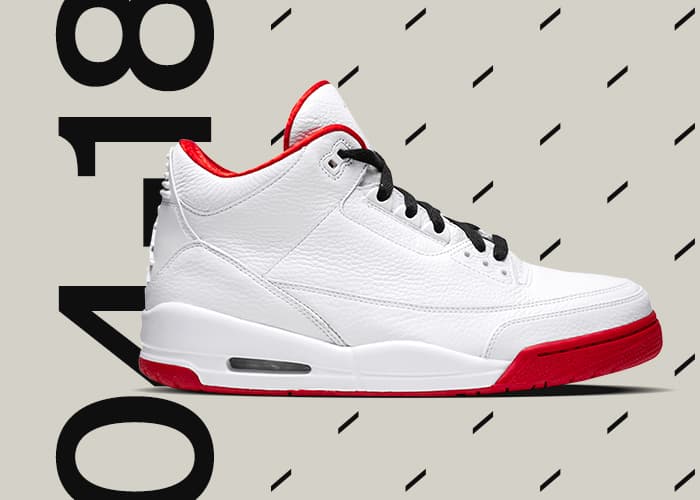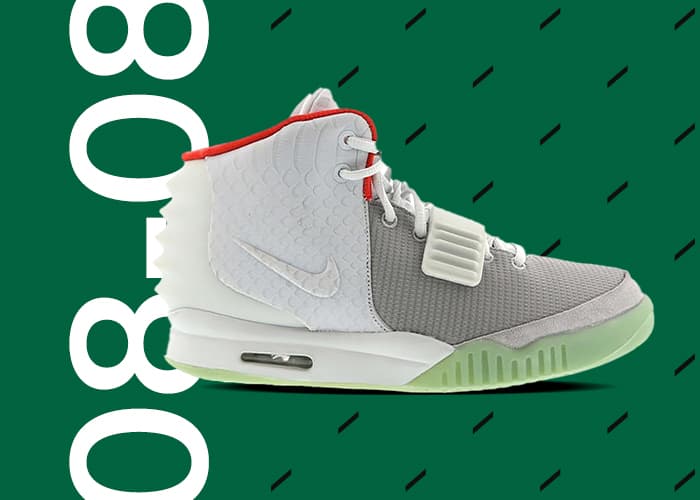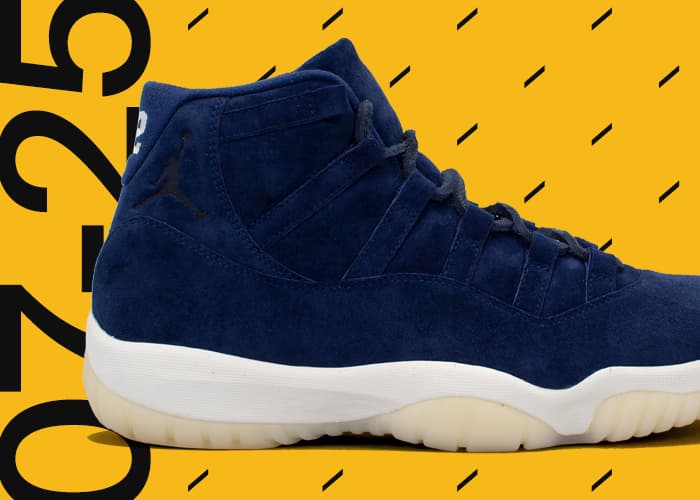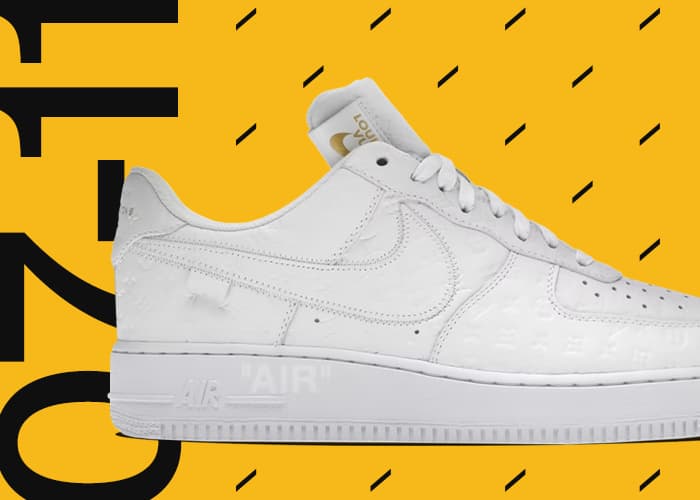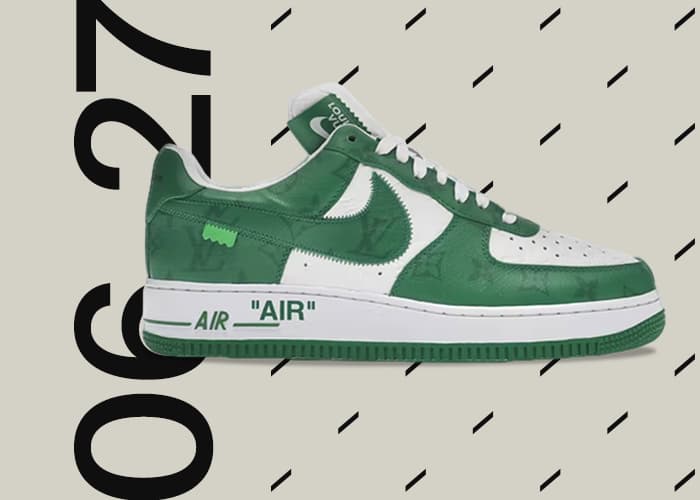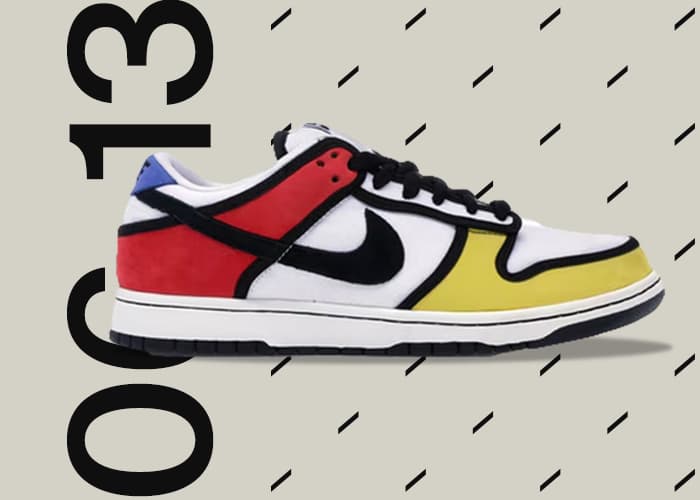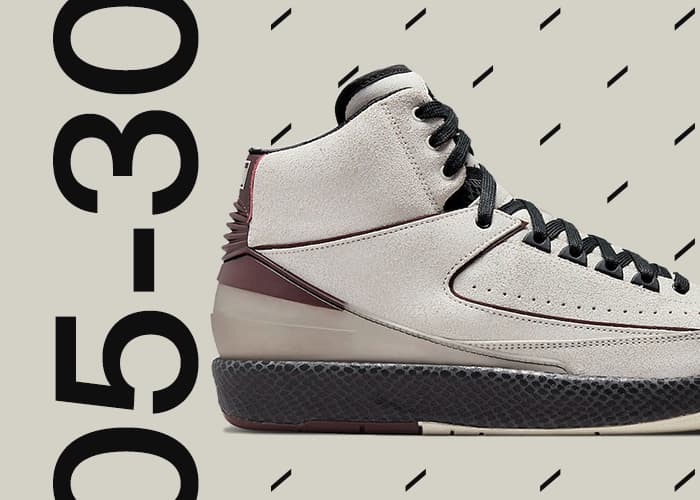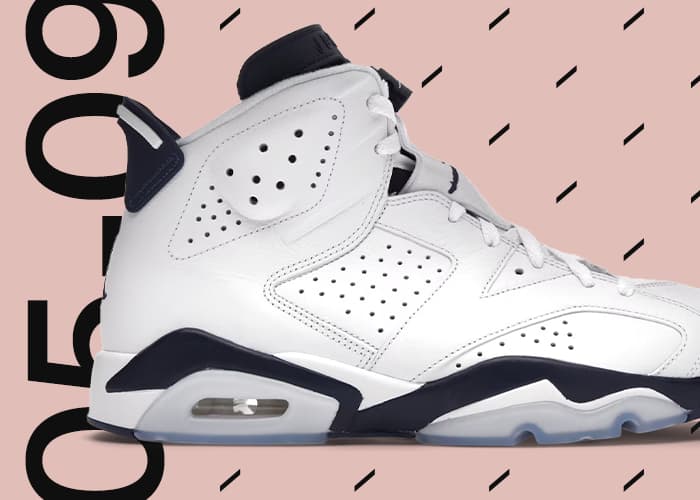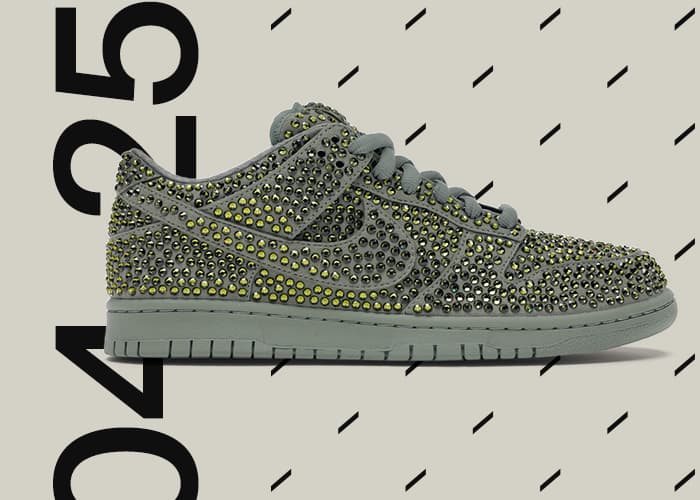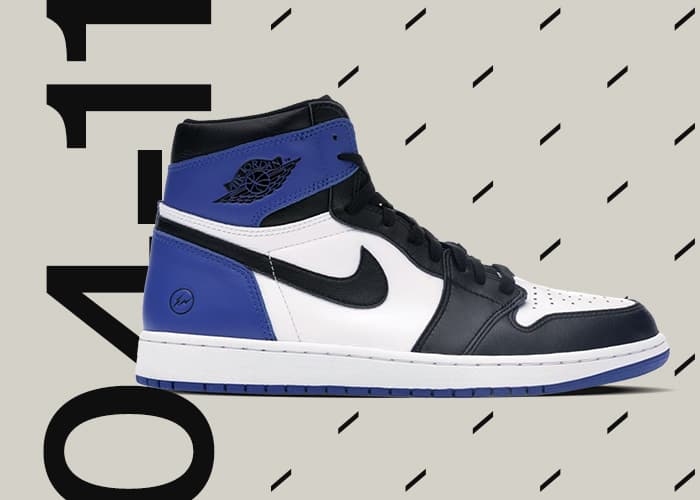In 1984, Nike unveiled the first Air Jordan. Featuring a black and red leather upper and the name of the most promising rookie in NBA history, the Air Jordan took the basketball world by storm and inspired millions of young basketball players to be like Mike. Now, the Air Jordan 1 couldn’t be any further from basketball.
The Jordan 1 is one of the most prominent lifestyle sneakers in the world. It has evolved from a performance shoe, to a sparsely-reissued retro, to one of the most-sold sneakers in both retail and resale. In 2020 alone, Jordan Brand has released over 220 Jordan 1 iterations. One would think that with all of the different colorways and modified silhouettes to choose from, that interest would slowly fade. Instead, Jordan 1s continue to set records in the midst of an unprecedented resale bull market.
Whether you are looking to cop a pair of Jordan 1s for the toe while prices are low, or you’re a first-time reseller looking to make a savvy investment, we dug deep into our numbers to help you make the most informed choice when shopping for Jordan 1s.
The Jordan 1 Keeps Climbing
When the Jordan 1 Shattered Backboard transformed from high-quality GR to a holy grail among Jordan 1 colorways in 2015, many believed that its rise to resale stardom was an anomaly. To see a non-OG colorway trend toward $1,000 in resale value was remarkable and unprecedented. But in the last few years, Jordan 1s becoming more valuable over time is a common scenario.
To find out just how much Jordan 1s appreciate over time, we gathered the current resale prices of the top 50 most popular Jordan 1 releases on StockX and compared them to their release-week resale averages. We then calculated how many days the sneaker has been on the market. The resulting chart shows the relationship between appreciation and time. Each dot represents a different release, and the outliers are noted with images of the sneaker:

As you can see from the trendline, there is a strong, positive relationship between Jordan 1 resale prices and time. As Jordan 1s mature in age, their resale prices tend to gradually increase, following a strict pattern that is hard to overlook.
It’s nearly impossible to time the Jordan 1 market or any market for that matter, but with enough data, you can actually come close. Looking at the chart, notice how before the 125-day mark, Jordan 1 resale prices hold steady, bobbing right around their baseline release price. Then, as each release ages past four months, we start to notice significant price increases. This pattern can be explained by what we call the “Swoosh Curve”. Typically in the first months after a release, supply floods the market and resale prices hold steady, or even dip. Then, as more pairs are sold and leave the market, supply diminishes and resale prices start to steadily climb, up and to the right. On a chart, it looks like a Swoosh.
While most Jordan 1 releases we tracked hugged the trendline, there were some outliers that deviated far from the rest. The Jordan 1 High Travis Scott, regarded as one of last year’s top releases, has skyrocketed in value, achieving a price increase of more than $670 in the 550 days that it has been on the market, an increase of 71%. Remember, this isn’t an increase relative to the retail price. This is the appreciation of the resale value itself. The Jordan 1 High Travis Scott appreciated by more than a dollar a day – a rate that is unparalleled, even among fast-gaining Jordan 1s.
Another clear outlier was the Jordan 1 Satin Black Toe (W). But instead of soaring above the trend, it fell far below it. The Jordan 1 Satin Black Toe (W) looked very promising in its first month on the market. It garnered a resale average of just over $790, which is one of the highest release month averages for a Jordan 1 since the Jordan 1 High Travis Scott. But instead of climbing in value like the Travis Scott, prices tanked. The Jordan 1 Satin Black Toe now resells for just over $440, almost $350 less than what it started at.
The factors that have led to the resale demise of the Satin Black Toe are unknown. Most price decreases can be attributed to excessive supply and diminished demand, but then again, it’s not like the Satin Black Toe are selling below retail. The release still boasts a 175% premium – which is still a win in the eyes of many. It’s safe to say that Jordan 1s are a low-risk, high-reward play if you can get in while prices are low.
Biggest Jordan 1 Gains
The average Jordan 1 is destined to increase in value following its release. We’ve seen this. But to figure out which Jordan 1 releases served monster numbers, we analyzed current resale prices for every Jordan 1 release with over 300 sales on StockX. Then, we compared these prices to the sneakers’ release month price to find the total gain in value. Looking at the five biggest gainers (in % terms), we made an unlikely discovery.

Out of the five Jordan 1s boasting the biggest gains since their release month, all were Grade School releases. The Jordan 1 Mid White Black GS and Blue Moon GS releases saw the largest increases, each climbing by around 350%. Seeing Kids Jordans earning stratospheric premiums may seem absurd, but when you think of the primary use of kids’ shoes, it really isn’t. Unlike adults who hoard shelves of deadstock Jordan 1s with the anticipation to flip for higher value, kids wear their shoes. We doubt there are many parents giving their child a pair of Jordan 1s to keep deadstock.
If kids’ Jordans are being worn, that means that supply is leaving the market at a faster rate than other Jordans, putting the “Swoosh effect” into hyperdrive. On top of that, Kids Jordans have lower initial price points, meaning their gains (in percentage terms) are especially pronounced. To find out if our biggest price increases were representative of the entire Kids Jordan 1 category and not just a handful of outliers, we dove deeper into the resale growth rate of each release type.

The bar graph above shows how many months it takes for each release type to double its release month resale price. We started by calculating the monthly appreciation rate for every Jordan 1 release with over 300 StockX sales. We then grouped each release by release type and calculated the time it takes for each type to double in value, using the Rule of 72 (a financial rule that states the amount of time required to double your money can be estimated by dividing 72 by your rate of return).
After breaking down the appreciation rate for each release type, we found that the five kids Jordan 1s with the biggest price increases were very much representative of the entire kids Jordan 1 category. Of the three release types we analyzed, Kids Jordans 1 are the fastest to double their value, achieving a clean 100% growth in just over 16 months. Men’s and Women’s Jordan 1s had much slower growth rates: they take almost two years to double their value.
Biggest Price Drops
As we saw earlier in the Jordan 1 High Satin Black Toe, not all Jordan 1s appreciate in value. Some Jordan 1s have actually lost value since their release (insert shrieks of horror).

The infographic above shows the biggest price drops from Jordan 1s with at least 300 StockX sales in their first month on the market. Out of the five biggest price drops, four were Men’s releases (as expected, given the previous analysis).
Besides the catastrophic decline of the Satin Black Toe explored above, shockingly, the Jordan 1 Retro High 85 Varsity Red was another hyped Jordan 1 dipped in value. Featuring the high-cut silhouette of the original Air Jordan, the Air Jordan 1 Retro High 85 Varsity Red debuted as the talk of All-Star Weekend 2020. The release was marketed as extremely limited and its resale price reflected it. In its first month on StockX, the 85 Varsity Red held a resale price of just under $760. Then, prices came back to earth. In November 2020, we found that the resale average of the 85 Varsity red shrunk to just over $590, a $170 decline.
Past the two major Jordan 1 price decreases, the remaining releases with the biggest price drops weren’t nearly as severe. After the Satin Black Toe and 85 Varsity Red, the other three Jordan 1s only saw a price decline from $47 to $32, with only the Space Hippie falling below retail. Overall, our data suggests that Jordan 1s losing more than $100 in value is an uncommon occurrence.
The Jordan 1 has ended up serving two primary functions. On one end, it is one of the most stylish, timeless sneakers to ever grace this industry. On the other, it is one of the safest investments in this constantly evolving resale industry. They say stocks only go up, but those that do must be confusing stocks with Jordan 1s.


